The Best Ways to Measure ROI for Promotional Products
Marketing strategies often seem abstract to people outside the field, but they are actually rooted in data. Every organized marketing team knows that at the end of the day marketing strategies can and should be analyzed to determine if they are effective. Determining the effectiveness of a marketing campaign can be complex and will often differ from company to company, but in general, there are two main metrics that should be the focus. The cost of the campaign and the outcome generated (this is often a revenue metric – but not always).
If you have these two numbers, you will be able to calculate your ROI percentage mathematically. You take the profit gained from the campaign and subtract the amount you spent. Then, divide that total by the total amount spent multiplied by 100.
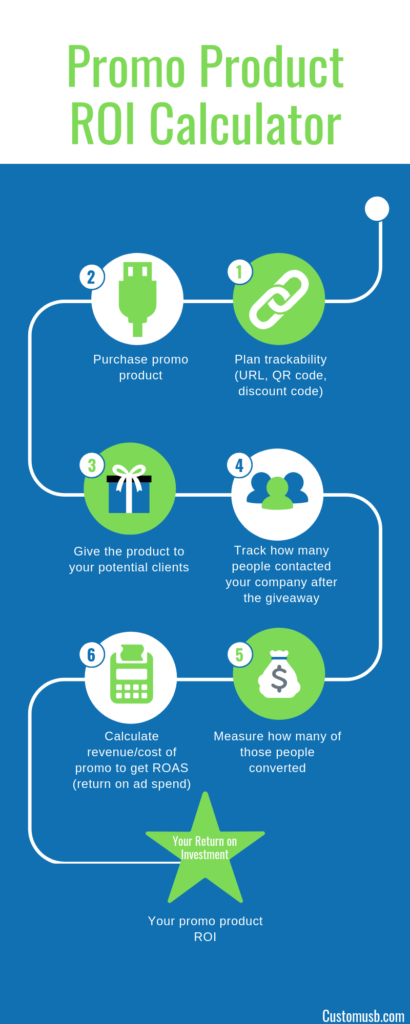
Every business will have a different perception of what they consider a successful ROI percentage. Regardless of what number your company views as successful, it is important for businesses to keep track of the ROI generated for each campaign so that they can understand what methods work well and which methods may be wasting money.
Unfortunately, calculating the ROI of marketing campaigns can be complex since there are often so many variables influencing whether or not a potential customer converted to a client. Promotional product campaigns, in particular, are often more of a struggle for marketers than a typical digital marketing campaign. How do you determine which sales were generated from the promotional product that was given out? Thankfully, there are some concrete methods for determining this, and once you understand the best methods for calculating the ROI of promotional products, you will soon find that it can be done simply. It may even become your favorite type of campaign to run and analyze.
A/B Testing
The difficult part of determining the ROI of a promotional product campaign stems from the fact that it is often hard to isolate what aspect of your sales were a result of the promotional product, and which were a result of other marketing campaigns currently in progress. This is where A/B testing comes in. Think of an A/B test like an experiment. A/B testing allows you to isolate your variable and determine how successful it is compared to other campaigns or no campaigns at all. In this case, the variable you’re testing is your promotional product campaign.
You can run your A/B test in multiple different ways. One way to run the test would be to have the campaign geographically located. You can give away promotional products in one area (a town, specific state, etc.) and then run your other typical campaigns elsewhere. If you have an increase in sales in that area, you will be able to determine that it was most likely a result of your promotional product. The sales generated in that location would be your profit number.
A second option would be to measure your sales when you have no marketing campaigns running, and then use this as a control. Then, go ahead and run your promotional product campaign and determine how much your sales increased. If you do this, it is very important that you do run any other campaigns concurrently. If the profit you achieved during the promotional campaign is significantly more than the profit without a campaign (factoring in the cost of the campaign) then you know that it was effective.
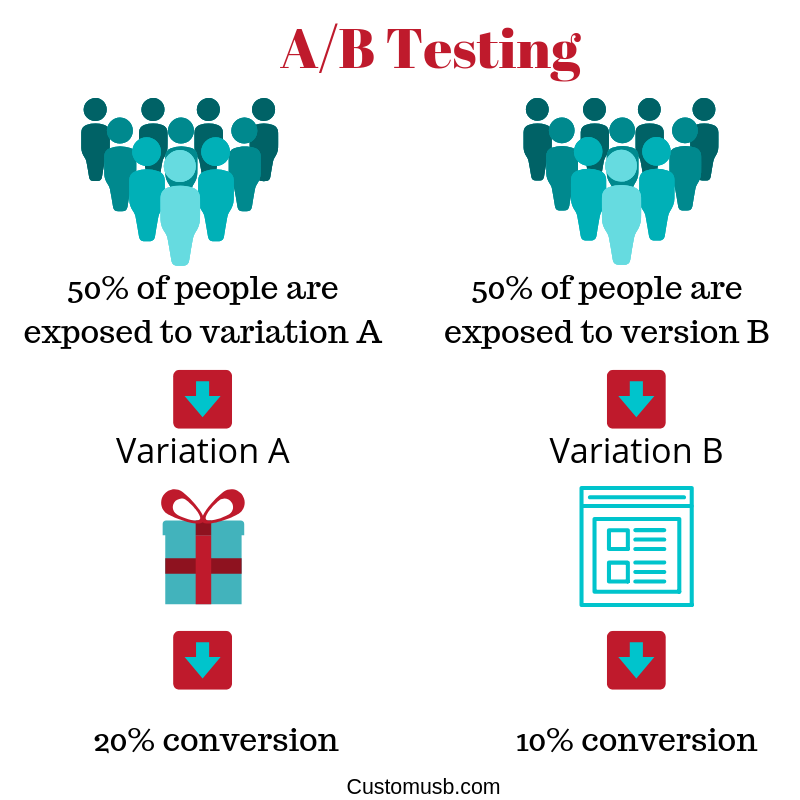
Unique URL
One of the easiest ways to track sales as a result of your promotional products is to include a unique URL on the product. When the potential client looks up your company via the unique URL Google Analytics will be able to tell you how many people found your site as a result of the promotional product. Further, you will be able to track how many of those people actually converted to customers. Once you have this information, you should be able to calculate the ROI generated.
The only caveat with this method is that you may be missing potential customers who saw your brand on the promotional product and just Googled it without bothering to use the unique URL provided.
Return on Impressions
Both of the above methods should be able to help you determine the ROI you are receiving from your promotional products, but they aren’t perfect.
One of the main reasons is because promotional products generate so many impressions, and increase brand awareness to such a degree that it is difficult to determine long-term the exact effect on sales. For this reason, many companies who utilize promotional products prefer to view the success of their marketing campaigns based on the return on impressions that are generated. The more people view your brand and develop a positive impression, the better your sales will be. Promotional products, like custom USBs, are perceived as useful and therefore leave a positive impression on consumers who receive them.
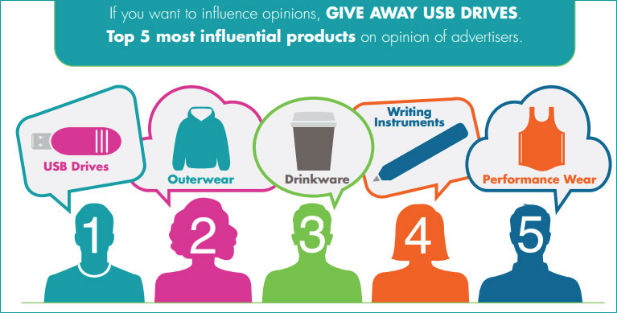
Some marketers overlook the value of impressions, but the reality is that the experience consumers receive when they interact with your brand forms the basis of public opinion regarding your company. While calculating impressions may not be as quantifiable as other marketing success metrics, over time they will be what determine your company’s bottom line.
Understanding Cost-Per-Impression
Fear not data-driven marketers. The return on impressions metric is not completely devoid of cold hard stats. One way to understand how well your promotional product campaign is doing compared to your other marketing campaigns is to determine the cost-per-impression. According to the Advertising Specialty Institute, promotional products have a lower cost-per-impression (CPI) than television ads, magazine ads and newspaper ads. They also have a similar CPI to radio and online ads. This is most likely due to the fact that 81% of consumers keep promotional products for at least 1-5 years, and the longer someone keeps a product the more impressions it will make on them or those around them. Also, according to PPAI, 82% of consumers agreed that their perception of a brand changed positively after receiving a promotional item. So, not only are you getting a great cost-per-impression ratio, but also the impression your potentials customers are forming is a positive one.
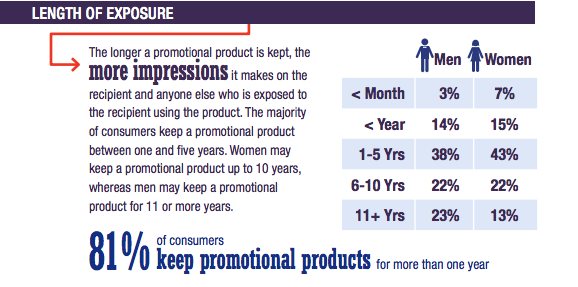
Even with all of these positive statistics, how do you know that these impressions are generating sales and increasing your ROI? Well, according to PPAI, every generation of consumers surveyed agreed that promotional items were the advertising strategy that was most likely to convince them to take action.
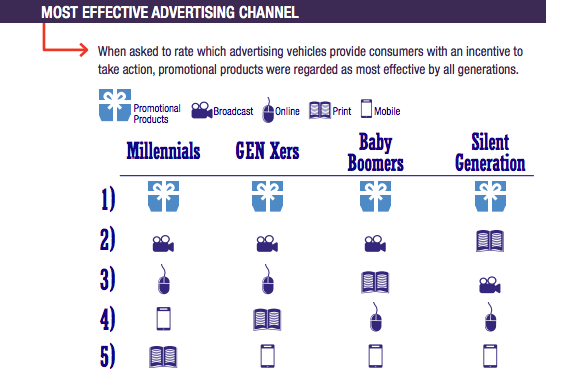
So, whether you decide to tackle your ROI calculations via a controlled experiment that yields hard numbers, or if you prefer to think of your ROI as a return on impressions, you should rest assured that promotional products are a great way to get a strong return on your investment.